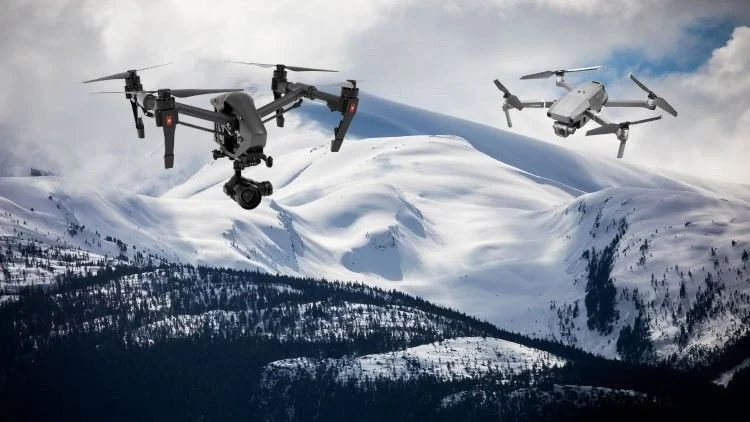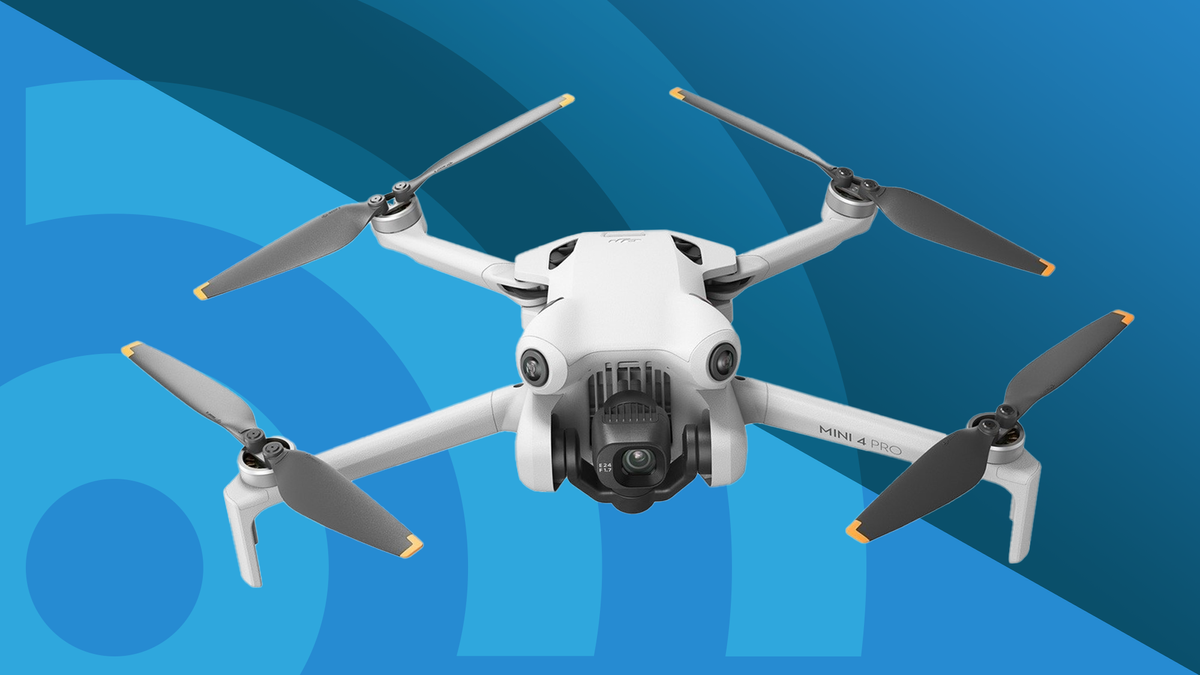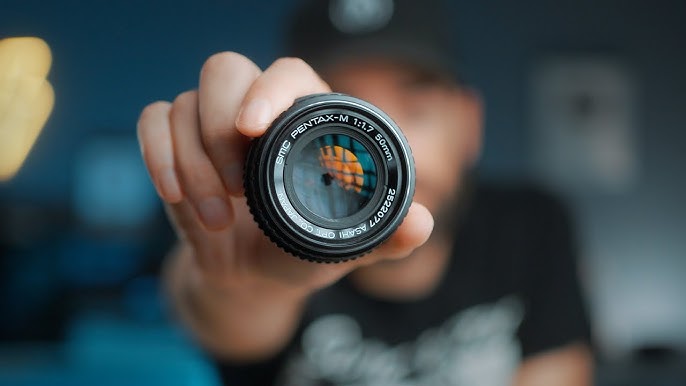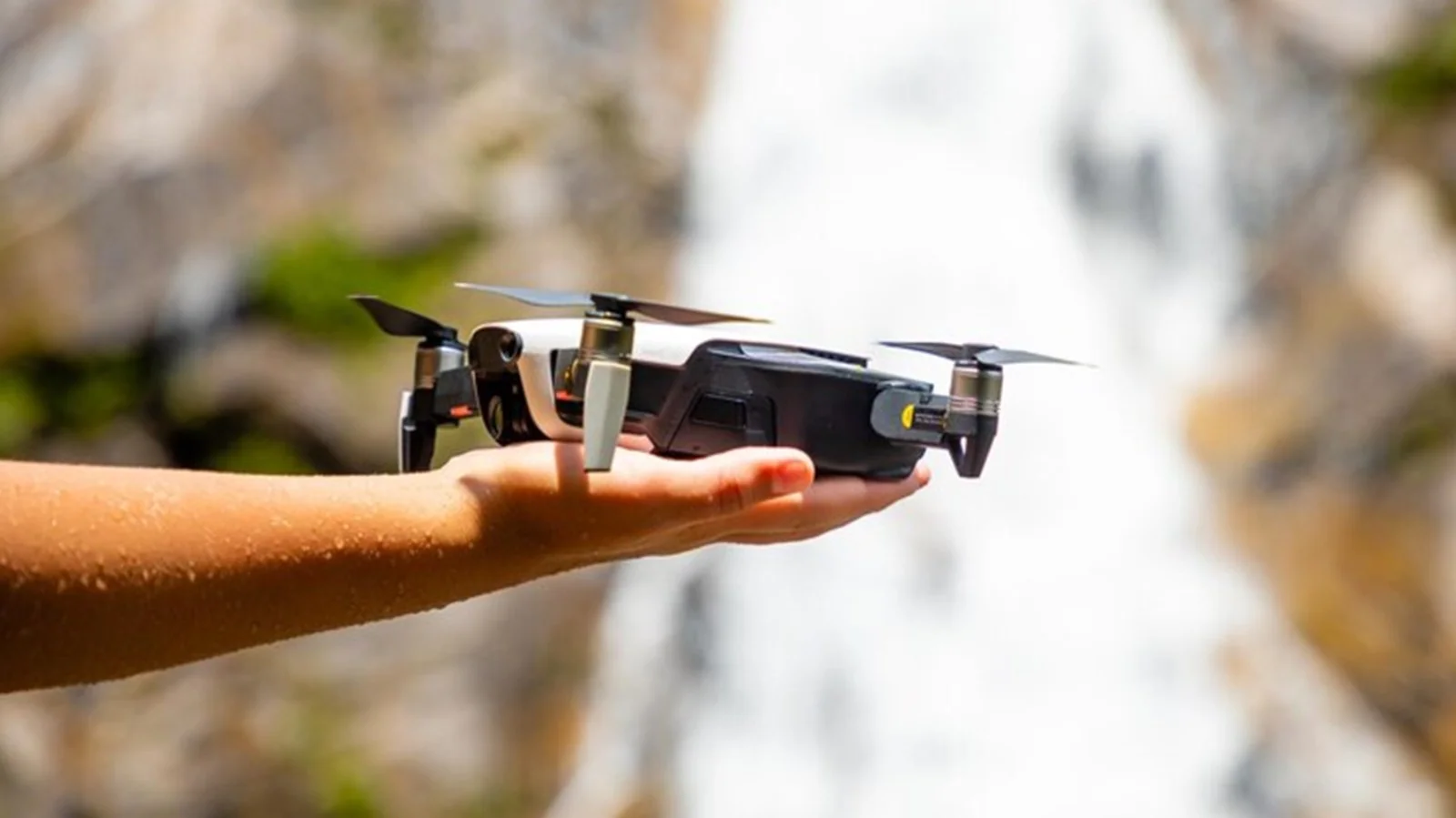Aerial photography and videography have been transformed by the advent of drones. However, capturing stunning visuals from the sky depends not only on your drone’s capabilities but also on your understanding of crucial factors like dynamic range.
In this article, we’ll explore the concept of dynamic range and its significance in drone camera technology and aerial imagery.
Understanding Dynamic Range
Dynamic range, in the context of photography, refers to the range of light intensities a camera can capture, from the darkest shadows to the brightest highlights.
It is usually measured in stops, with higher numbers indicating a wider dynamic range. In drone cameras, dynamic range plays a pivotal role in the quality and detail of aerial images.
Importance of Dynamic Range in Drone Photography
- Balancing Exposure: A wide dynamic range allows drone cameras to capture scenes with high contrast more effectively. For example, when shooting landscapes, it ensures that both shadowy valleys and bright, sunlit peaks are adequately exposed, preserving details in both areas.
- Enhanced Detail: A broader dynamic range results in images with more detail, particularly in challenging lighting conditions. This is invaluable for applications such as aerial inspection, surveying, and mapping, where accuracy is critical.
- HDR Photography: High Dynamic Range (HDR) photography, a technique commonly used in drone photography, combines multiple images with different exposures to create a single image with an extended dynamic range. This technique produces images with stunning clarity and detail, especially in scenes with extreme contrast.
- Creative Freedom: A wide dynamic range gives photographers and videographers more creative freedom. It allows them to capture scenes as they envision them, emphasizing both subtle nuances and dramatic contrasts.
- Post-Processing Flexibility: In post-production, images with a broader dynamic range offer more latitude for adjustments and enhancements. You can recover details from overexposed or underexposed areas without compromising image quality.
Factors Affecting Dynamic Range in Drone Cameras
Several factors influence the dynamic range of a drone camera:
- Sensor Quality: The quality of the camera’s sensor plays a significant role. Larger sensors generally have a better dynamic range compared to smaller ones.
- Image Processing: The camera’s image processing capabilities, including its algorithms and software, can impact dynamic range.
- Lens Quality: The quality of the camera’s lens affects its ability to capture light accurately and evenly across the frame.
- Shutter Speed and Aperture: Properly adjusting shutter speed and aperture settings can help maximize dynamic range in different lighting conditions.
- HDR Modes: Some drone cameras have built-in HDR modes or bracketing options that automatically capture multiple exposures for later merging in post-processing.
Conclusion
Dynamic range is a fundamental element in the world of drone photography. Understanding and harnessing the dynamic range of your drone camera can elevate the quality of your aerial imagery, whether you’re capturing breathtaking landscapes, performing detailed inspections, or creating compelling visual content.
By mastering dynamic range, drone operators can unlock the full potential of their equipment and tell captivating stories from the sky.









Leave a Reply